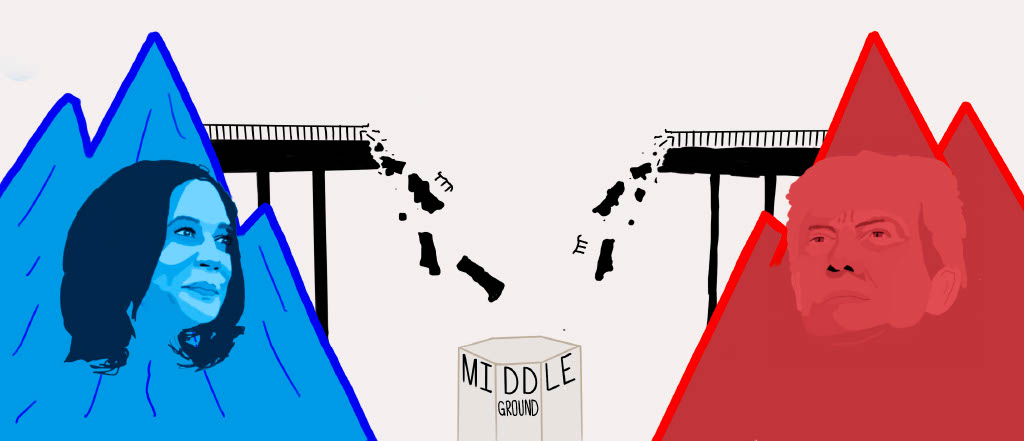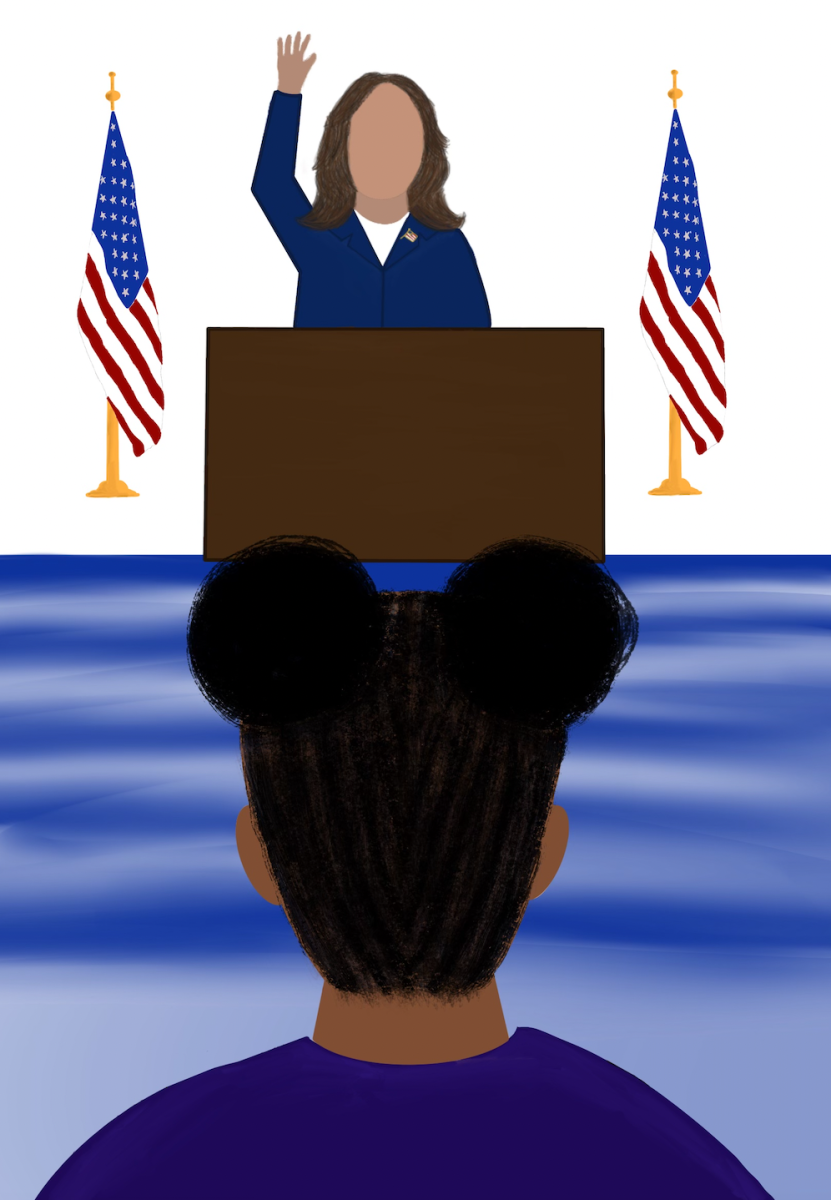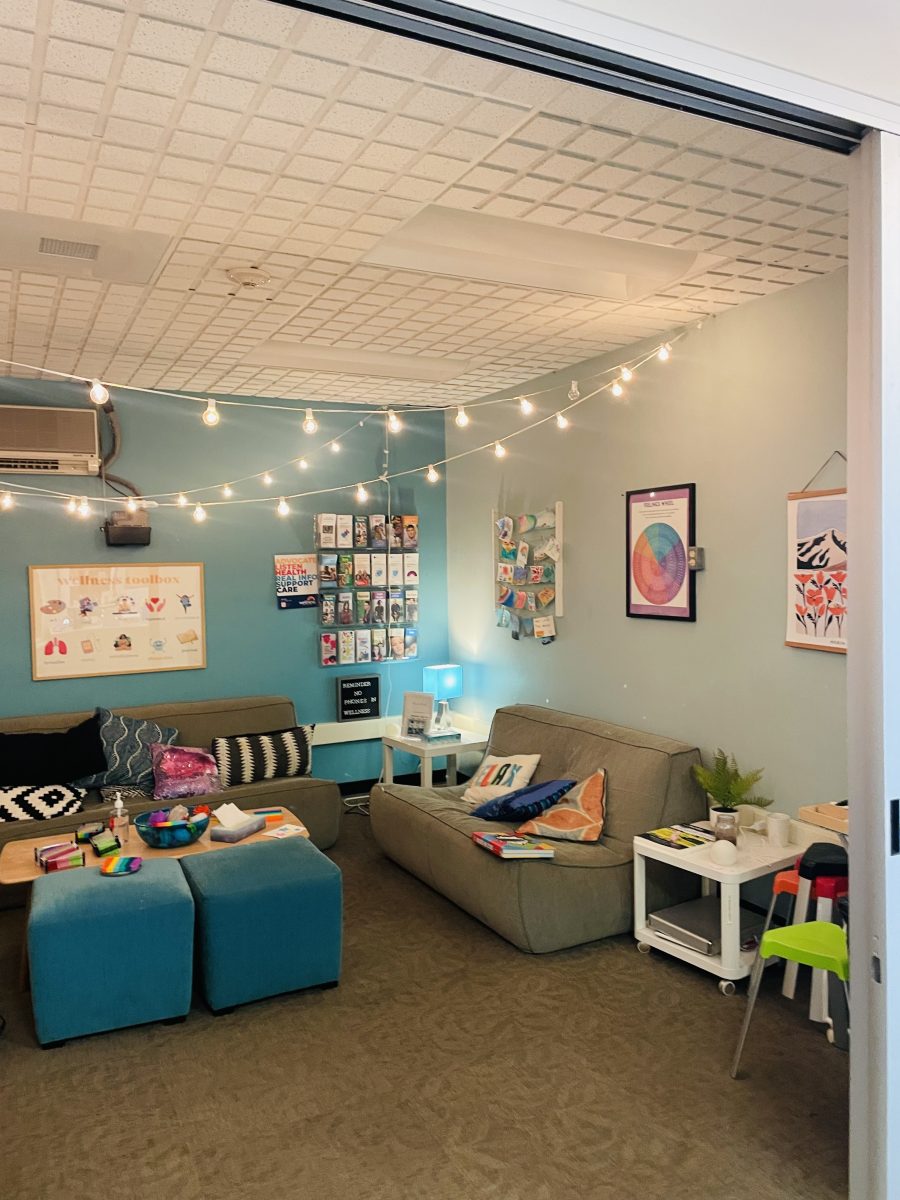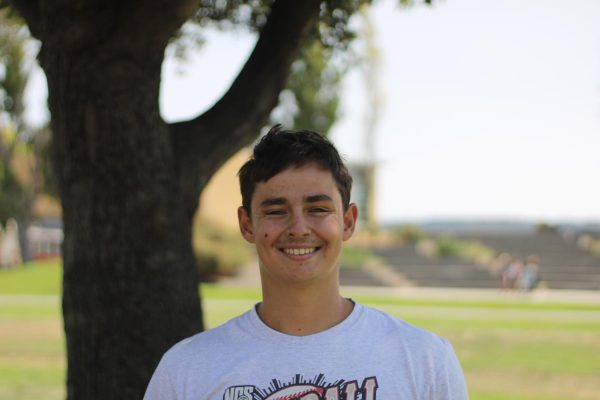According to the 2020 United States census, Marin County is the eighth richest county in America and third richest in California. Some of its largest towns including Tiburon, Corte Madera, Ross, Kentfield and Mill Valley, all boast median household incomes (MHIs) of over $180,000. Other towns such as San Rafael, San Anselmo, Larkspur and Sausalito are all in similar positions with MHIs well over $100,000. Yet, across the freeway from Sausalito and nestled in Tamalpais Homestead Valley, is Marin City, a town with an MHI of $54,150, a number 55 percent below the county-wide value and well below the national average. Segregation, gentrification, redlining and other systemic issues are notable factors that play into the history of the town. Nevertheless, Marin City residents continue to be defined by their resilience and community rather than their struggles. Programs started in Marin City such as Community Development Corporation, The Hannah Project, Play Marin, Marin Arts and Bridge the Gap have supported the community through opportunities in sports, arts and academics.
Founded in 1995 by Pastor Fred Small, Bridge the Gap was created in order to support the education of the youth in Marin City through tutoring. Now providing support for over 300 students, their mission is to supply educational, social and emotional resources to underserved students in Marin City and Southern Marin. Bridge the Gap offers a variety of different programs, such as extended day care, an evening program, summer camps and in-school reading programs, as well as assistance for high school students and post-secondary students.
Rondell Gibson, who works with the older group of students as the Director of High School & College Success, describes the goals of the program and its impact on students.
“The sole responsibility of the [high school] program is to make sure that our students have access to an equitable education, and then to support our students obtaining their post-secondary goals, whether that be achieving a college four-year degree or receiving a credential [from] a professional training program,” Gibson said.
Gibson’s position covers a variety of responsibilities. On a daily basis, his schedule may include meeting with community partners, supporting the after-school program, fundraising and communicating with the Tamalpais Union High School District and the Sausalito Marin City School District. Supporting the after-school program is an especially important task for Gibson.
“One of my favorite parts [of the day] is supporting our program that supplies tutoring and academic enrichment [as well as] career pathway programming… [it’s important to me] to uplift my community through education,” Gibson said.
Another key Bridge the Gap community member is executive director Lisa Raffel. She previously worked in many forms of education, as a teacher in Ghana, a principal in Berkeley and a teacher trainer, until she eventually achieved the executive director position at Bridge the Gap in 2020. Raffel elaborated on what drew her to Bridge the Gap.
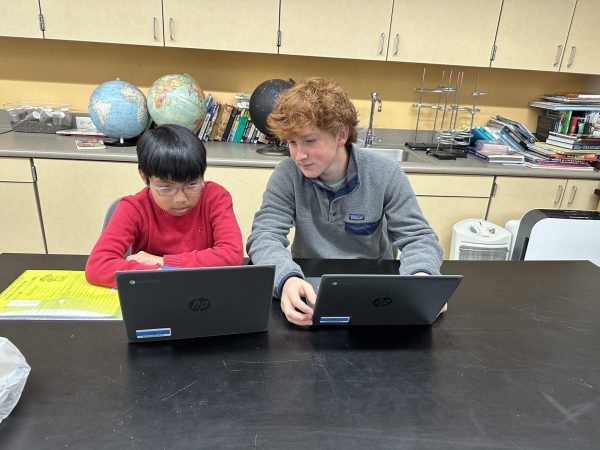
“I wanted to do my part to really try to make a difference for underserved communities. I wanted to be a part of [the fight for] educational justice,” Raffel said.
While the leaders of the programs are incredibly important, volunteers, many of whom are high school students, are also essential. The volunteers pair up with a student and work with them one-on-one.
“The ratio [between students and teachers] is really important … We can’t hire enough people to work one-on-one, but volunteers can come and help read with a kid or whatever else is necessary. Volunteers help us [create] a program that is more effective,” Raffel said.
Junior Eric Mittelman is one of many Redwood students who volunteer in the evening program. The evening program offers a special opportunity to connect with a specific student as volunteers work together with one “buddy” over the course of a semester.
“It’s fun to take on that challenge of helping kids learn in a way that works for them specifically, instead of just in the classroom all day,” Mittelman said. “It’s [especially] interesting to work with the same student for so long because you really become close with them, you become friends and they’re excited to see you every day.”
Working with youth can be very tricky, and it can often be difficult to get the students interested, so the most important factor in working with them is the leaders having a passion for their work. Gibson spoke to his experience growing up with a program like Bridge the Gap, a personal history that inspires the work he does today.
“I grew up in Marin [and] I received support from an organization called the Marin City Children’s Program [which was] very similar to Bridge the Gap. That program stuck with me from the age of five until now. It seems only right to uplift my community through education, because [that’s] where I got my leg up,” Gibson said. “I love working with high school students. They’re young adults who are still malleable, so I can [work] with students and help them achieve whatever goals they have for themselves.”
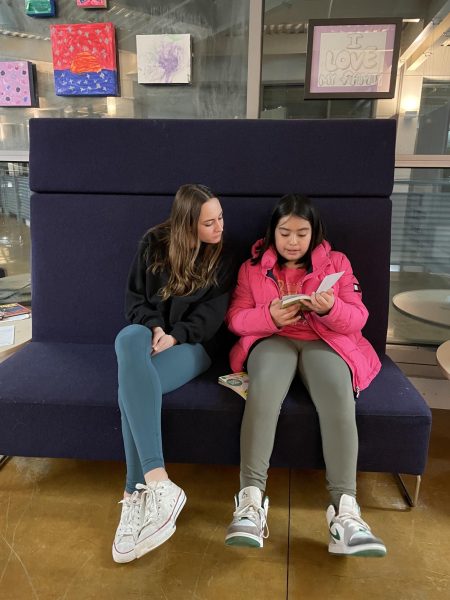
While Bridge the Gap is one program helping Marin City, other programs around Marin are working to uplift other communities. Kim Pipkin is the Planning Commissioner for the Town of San Anselmo and a volunteer for Next Generation Scholars. Next Generation Scholars is a program that empowers under-resourced first-generation high school students to succeed in college. One strength of the program is its full-service approach.
“You could go to the Next Generation [building], and they give out food. If you [need it], you can be guaranteed that every week you’ll get a grocery bag. If you need help with resources or referrals, they provide that for you too,” Pipkin said.
Bridge the Gap offers a similar service, providing complimentary meals for both students and volunteers during the evening program. Pipkin also described her role in working with the program.
“My role [as a volunteer] was to work with rising 12th graders on their college application process so that they can get ahead of the curve when it starts in the fall,” Pipkin said. “[Next Generation Scholars] provides wraparound services, so their program is all year round. If [students] want to be involved with the program, [they] are committing to it as if [they] were playing soccer,” Pipkin said.
This intense commitment allows the students to learn and develop at a very high level, which gives the program a very high success rate. Both Bridge the Gap and Next Generation Scholars have been excellent partners in helping to achieve the goals Marin County has set for increased educational opportunities and achievements.


